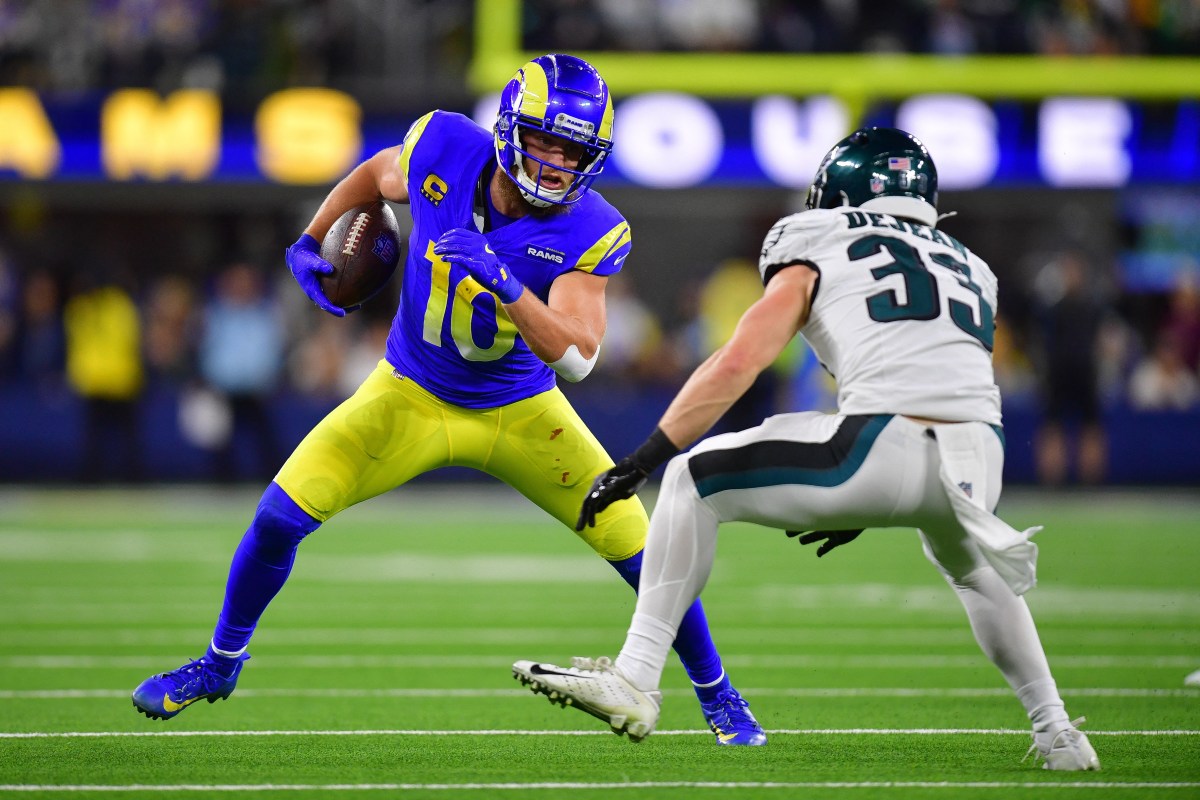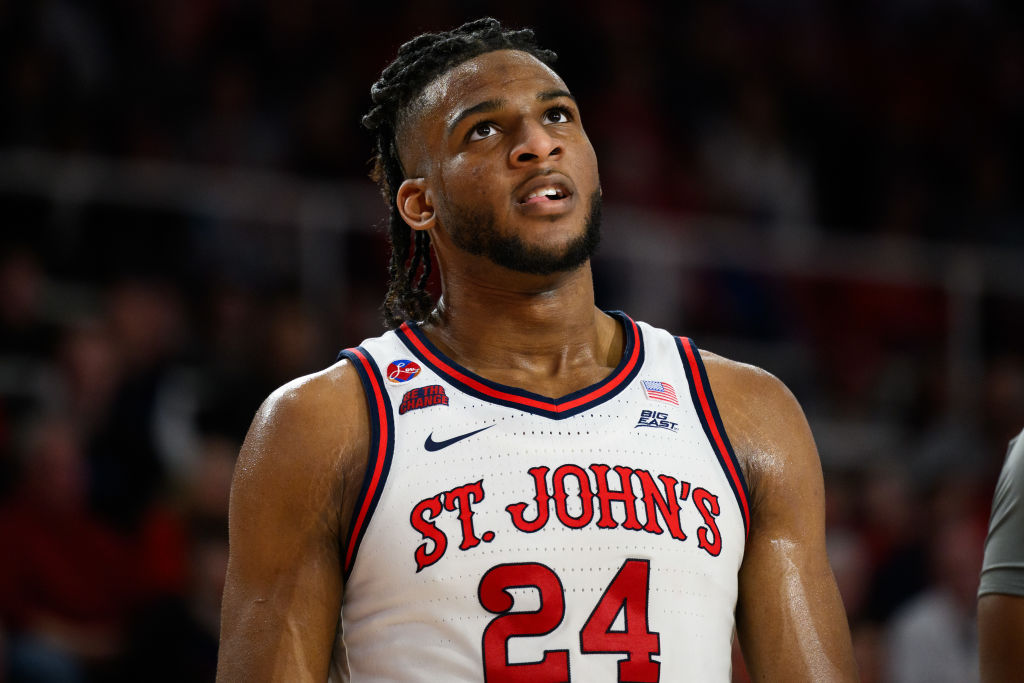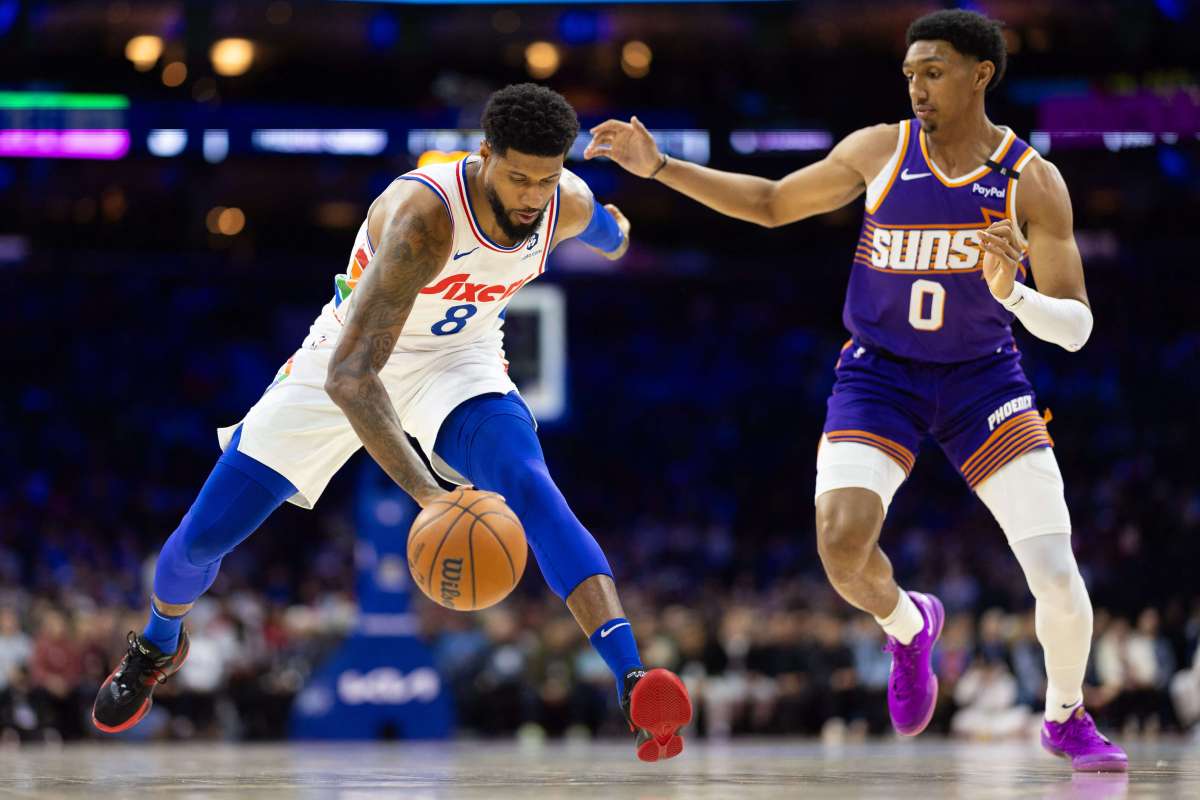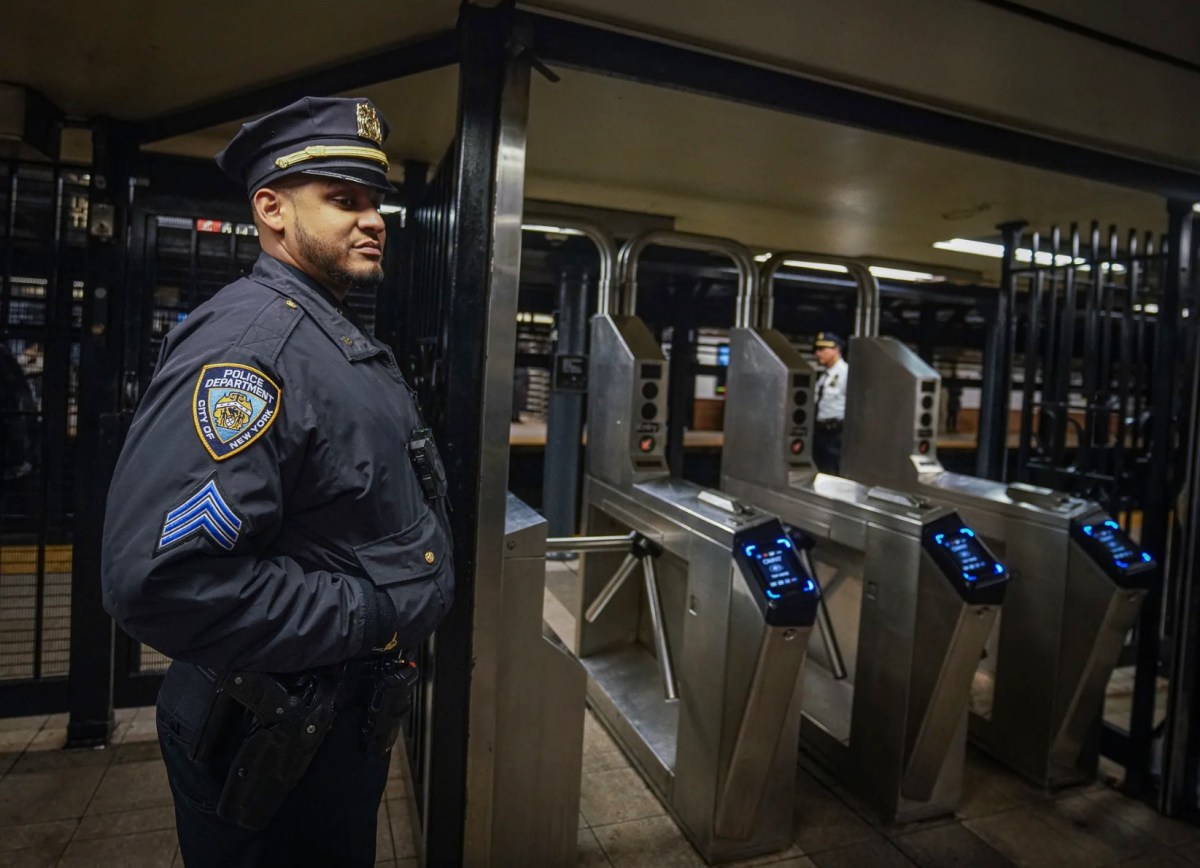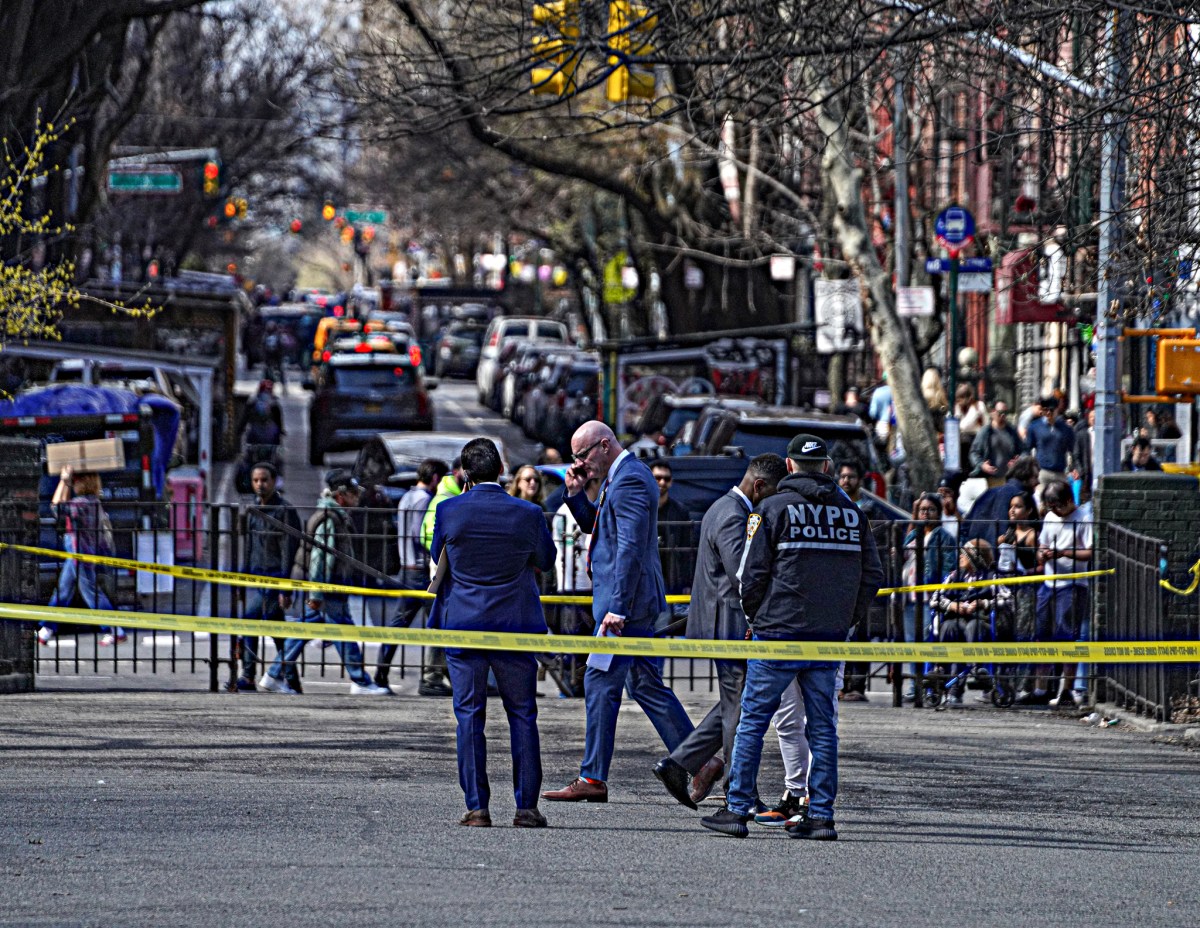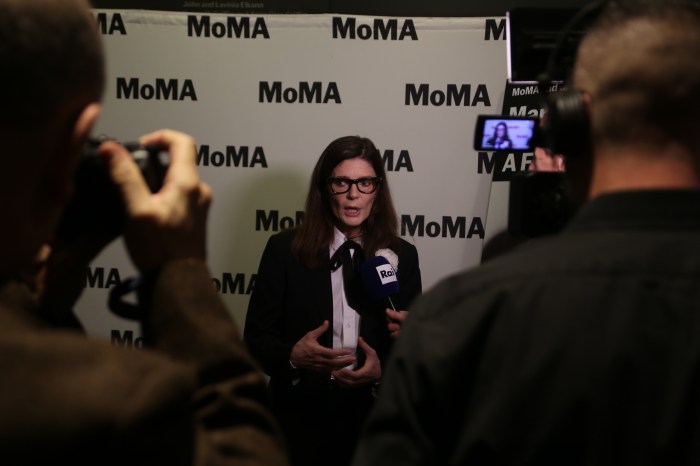WIMBLEDON, England (AP) — As in many sports, tennis has its share of well-known coaches. Unlike in other sports, tennis does not always allow them to coach.
Indeed, at Wimbledon, Novak Djokovic can’t get any sort of instructions from Goran Ivanisevic at Centre Court during the men’s semifinals on Friday. No other players and coaches were supposed to be communicating while matches were happening, either, whether it was Simona Halep with Patrick Mouratoglou, Andy Murray with Ivan Lendl, Rafael Nadal with Carlos Moya or anyone else in the women’s or men’s singles brackets.
While the WTA women’s tour tried various forms of in-match coaching over the past decade-plus — allowing, and broadcasting, face-to-face conversations during changeovers, for example — the ATP men’s tour has stayed away from it at its main tournaments other than a brief tryout in the late 1990s (there have been test runs involving chats through headsets at a season-ending event for younger players).
And coaching during Grand Slam matches has been forbidden. Until now.
Once play at the All England Club wraps up Sunday, the ATP will follow the WTA’s lead and open a trial run over the rest of this year to permit limited interaction between the folks on the court and their employees in the stands. That means coaches will be able to offer help to women and men at the last major of 2022, the U.S. Open, which starts Aug. 29 in New York.
“It’s exciting for coaches because now, all of a sudden, the stuff and strategy you talk about before matches, you can talk about during matches. You can tweak things. If things aren’t going well, you can get a chance to look at Plan B or C,” said Brad Gilbert, a former player who reached No. 4 in the rankings and a coach for Andre Agassi, Andy Roddick and others.
“Any innovation is good,” added Gilbert, at Wimbledon for ESPN. “And before you say something isn’t good, you need to see it and see how it plays out.”
The ATP’s announcement that coaching is coming opened a debate in the sport. There are those who lobby for change to increase fan interest and those who say this sort of thing goes against the basic one-on-one, all-alone element of tennis.
Djokovic is one player, and French Open runner-up Casper Ruud is another, who said they see merit in both of those stances.
“I admire (the ATP) for trying something new,” said Ruud, a 23-year-old from Norway who has been coached by his father, former pro Christian. “At the same time, it’s the beauty of our sport that we have to figure out the game and everything ourselves.”
A key moment in the conversation around coaching in tennis came during the 2018 U.S. Open final between Serena Williams and Naomi Osaka, when Mouratoglou — then working with Williams — was seen by the chair umpire, and later acknowledged, giving hand signals from his seat. Mouratoglou has been a strong voice in favor of allowing coaching during matches.
There are those, such as 32nd-ranked American Tommy Paul, who recognize just how much against-the-rules coaching is going on these days.
“It would only be a mistake if people weren’t already doing it,” said Paul, who reached the fourth round in his debut at the All England Club. “I don’t want there to be coaching, per se. I don’t think that’s the way the sport is supposed to be. But people do it so much that it’s kind of normal now.”
Or as three-time major champion Stan Wawrinka summed up the situation: “It’s not something completely new. It’s just something that’s going to be allowed.”
Others raise an issue of equity: What if a player doesn’t have a coach at all? Is this going to create a sort of unfair advantage?
“You can play guys — journeymen grinding for a lot of years — who can’t afford a coach. Maybe they’re traveling with their friend or brother,” said Frances Tiafoe, an American who is ranked 28th and made it to the fourth round this week. “And then you have a guy who’s paying somebody $5,000 a week who knows everything about everything.”
Jessica Pegula, a two-time major quarterfinalist from the U.S. who is ranked No. 9, has experienced legal coaching on the women’s tour and isn’t so sure it’s going to make a significant difference in the men’s game.
“Some people think it’s going to be a big, huge thing that changes matches. I don’t think so. You can’t exactly call a play in tennis. There aren’t set plays. It’s not like football or basketball,” she said. “And some players probably don’t want to hear it. They’re going to be like: ‘Stop talking to me! Shut up!’”
The Grand Slam Rule Book explicitly prohibits coaching: “Players shall not receive coaching during a match (including the warm-up). Communications of any kind, audible or visible, between a player and a coach may be construed as coaching.”
As of Tuesday, three women have been fined at Wimbledon for coaching, including penalties of $3,500 for 2016 champion Garbiñe Muguruza and $4,500 for Lesia Tsurenko.
The ATP’s guidelines say coaches will sit in designated seats; they only can talk to their players when the two are on the same end of the court, but hand signals are always OK; they’ll be allowed to speak and use gestures “only if it does not interrupt play or create any hindrance to the opponent;” speaking must be limited to “a few words and/or short phrases.”
Gilbert was working with Agassi when the ATP decided to let coaches coach at a couple of tournaments more than 20 years ago — and he’s glad the tour is giving it another go.
“It’s a long time coming,” Gilbert said. “And if there’s a match that’s one-sided, maybe this can let the fans see a better match sometimes.”
More AP Wimbledon coverage: https://apnews.com/hub/wimbledon and https://apnews.com/hub/tennis and https://twitter.com/AP_Sports

